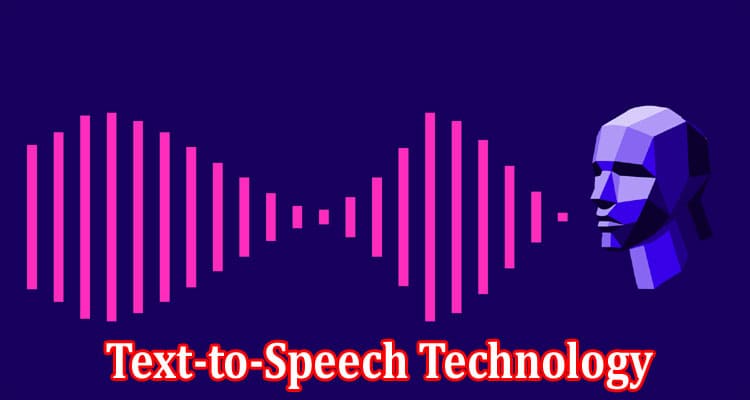One of the most important factors businesses consider when enhancing their digital experience is the ability to provide a smooth and user-friendly user experience. This can be done by developing an effective minimal approach to technology, whether a website or an online service, the minimal approach to technology can help businesses create a more user-friendly environment.
A type of technology called “text-to-speech” or “read aloud” works by converting words into audio using a digital device or a button. It is helpful for adults and kids struggling with reading, though it can also be used for editing and writing.
What Exactly is Text-to-Speech + How does it Work?
TTS, or text-to-speech technology, is a type of speech conversion that involves converting text into voice. In the past, it was not very efficient, but with the advent of deep learning, it became much more efficient.
This type of speech or sound is commonly associated with natural sounds and can react to various speech constraints and pitch. Given the capabilities of text-to-speech technology, businesses can greatly enhance their users’ experience by using it.
Text-to-speech tools can be used to read machine-encoded text aloud. These include web-based tools, apps, software, and Chrome browsers. TTS is computer-generated and suitable for various digital devices, such as tablets and smartphones.
What are the Benefits of Using Text to Speech?
The various advantages of text-to-speech include its ability to improve the user experience, as well as its ability to develop effective workflows. Video editor value these kinds of readers due to their ability to attract and retain their target audiences.
-
It Gives the Accessibility of Personalize Experience
Text-to-speech software can help you keep up with the latest news and events and provide you with an incredibly personalized experience. It does so by minimizing your workload and increasing the accessibility of your information.
-
It Reduces the Workload of Development
The rise of flexible technologies and the ability to adapt to changes are some of the factors that have made TTS solutions very popular. They can be easily scaled to meet the requirements of various organizations. This eliminates the need for additional resources and helps reduce maintenance time.
-
It is Beneficial for Students and Kids
Text-to-speech software is especially beneficial for students and kids as it allows them to retain their learning and comprehend more through audio and visual output, making it easier for them to learn and retain. This can additionally positively affect their soft skills, such as creativity, confidence, and more.
-
It Adapts to Changes in the Environment
Because publishing content adapts to the changes brought about by the environment, it never goes out of fashion. Some publishers convert their articles, books, or stories into audio using speech converters. Prominent content owners commonly use speech converters. On the other hand, customer service centers use text-to-speech to communicate with their consumers.
Text-to-Speech with Google Assistant
One of the most successful and prominent chatbots in the field of speech synthesis is Google Assistant. The company is further improving its assistant system by adding the “read it” feature, allowing it to read aloud text in over 40 languages.
With the help of Google’s text-to-speech service, users can create a human-like voice by adding over 180 different sounds and variants to their text. This cloud API can be used in various applications and devices that send gRPC or REST requests.
Conclusion
You can now listen to your favorite articles or newsletters on the web by saying, “Hey, Google, read aloud.” This will require you to instruct the assistant to do so. It’s simple, but we doubt it can be as effortless as this. With the pace of technological change, more minimalist concepts may soon arrive.




